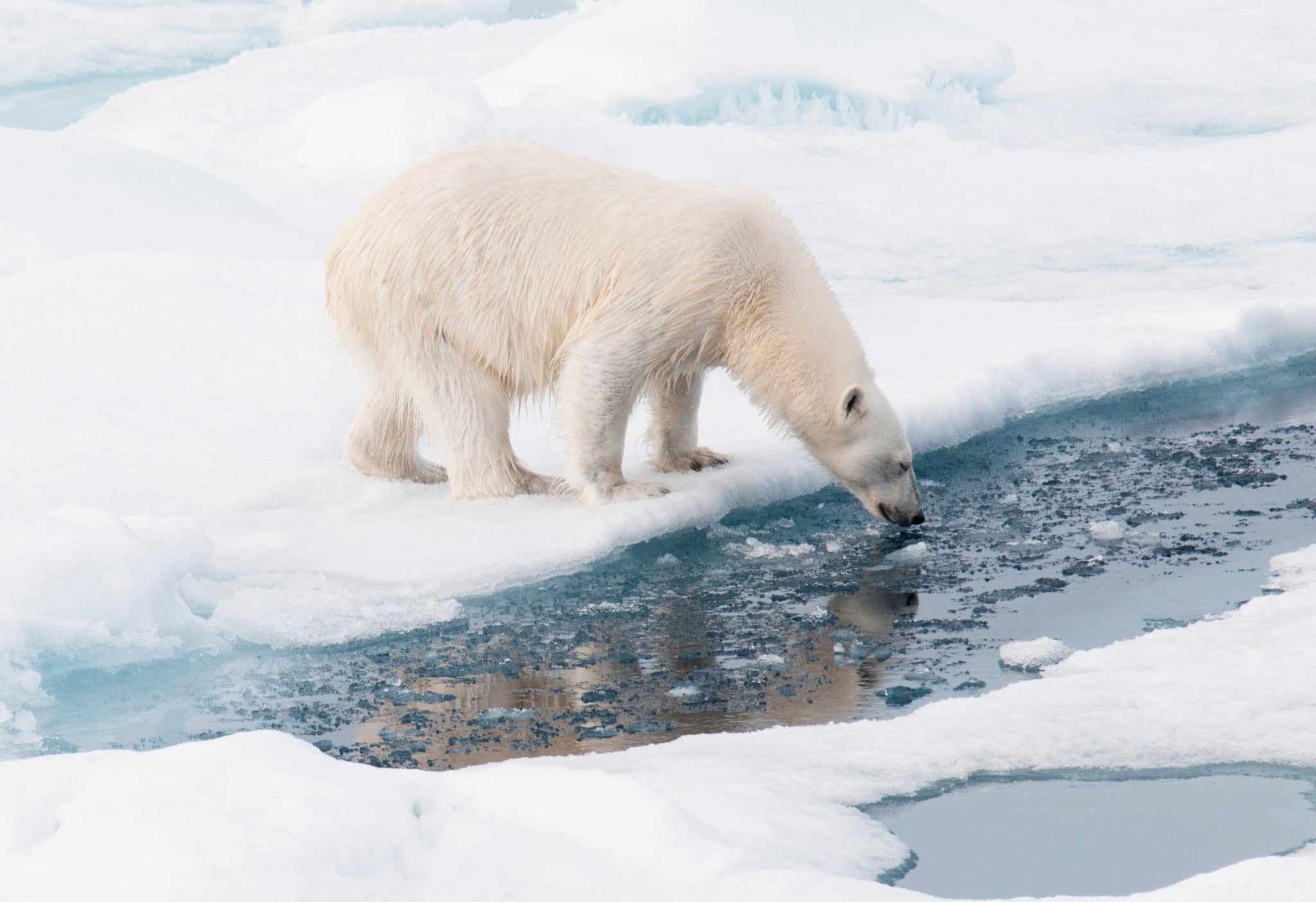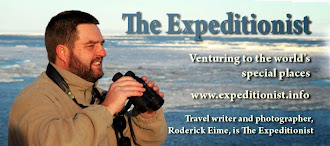Kingdom of the Polar Bear
Adventure cruiser, Roderick Eime, heads north in search of the mighty polar bear – and almost loses count.
We cautiously exit the Zodiac on the pebbly beach. Ten at a time, we land on the beach, our guides already well ahead of us, scouting for sightings of the worlds largest terrestrial carnivore.
 Two hundred miles north of the tip of Norway is the island of Spitsbergen, one of just a handful of the remaining polar bear hotspots in the world. With a world population of this majestic mammal possibly as low as 20,000, there is a real urgency among adventure travellers to see this creature in its native habitat. With climate change and poaching, some biologists suggest children being born today will not have this special privilege.
Two hundred miles north of the tip of Norway is the island of Spitsbergen, one of just a handful of the remaining polar bear hotspots in the world. With a world population of this majestic mammal possibly as low as 20,000, there is a real urgency among adventure travellers to see this creature in its native habitat. With climate change and poaching, some biologists suggest children being born today will not have this special privilege.
Clutching loaded rifles, our guides are 100 metres ahead of us making sure we don’t surprise any unseen or sleeping beasts.
Regulations require guides to carry loaded rifles and flare guns, but in over a decade of operation, Aurora’s expedition staff have only ever fired two warning shots; a testament to good planning, careful observation and prompt action.
“If we sight a bear while we’re on land, our first call is to get everyone back on the Zodiacs while the guides monitor the animal,” says Sue Werner, deputy expedition leader (EL) and daughter of Aurora co-founder, Margaret Werner, “if a curious animal approaches within 200 metres or so we fire a flare with a loud bang, but of course we never land if a bear is sighted beforehand.”
At 78 degrees N, we are firmly in the realm of the mighty polar bear, and our expedition, Aurora’s Circumnavigation of Spitsbergen, is an outstanding success with almost twenty sightings including three mother bears and cubs feeding on the last morsels of a whale carcass.
The wildlife catalogue extends to Arctic fox, walrus, reindeer, seals and a myriad seabirds wheeling and squealing overhead. On one occasion, we entertain several thousand tiny guillemots gathered around us with whistles. It’s hilarious when the entire throng whistles back on cue. Humpback, minke, fin and even blue whales are regularly sighted in these frigid waters.
Spitsbergen (translated from Dutch for ‘sharp peaks’) is the largest island in the Svalbard archipelago, 1800 kilometres north across the Barents Sea from Norway. At the dizzying latitude of 80 degrees Svalbard, by rights, should be encased in ice but the warm Gulf Stream currents create an unusually temperate climate and summer air temperatures as high as 10 degrees are possible. The landscape is bleak and rocky and characterised by vast glaciers, but embellished here and there with patches of rich green thanks to bird droppings beneath the towering cliffs. Foxes scamper about feeding on the many chicks that topple from the crowded ledges. Bears also occasionally wander in when slippery bearded or ringed seals are scarce on the ice.
Our vessel, the 1750 ton, 71m Polar Pioneer, may be at the smaller end of the world’s growing expedition fleet, but she’s a tough little customer. Although not an icebreaker in the strictest sense, she’s sliced through light sheet ice beyond 81 degrees and bumped small bergs aside with ease. Built in Finland for Russia in 1982, she’s comfortable, capable and an ideal vessel for the task.
There are numerous ship operators venturing into this far north wildlife wonderland, but few as well equipped and capable as Aurora’s Polar Pioneer. Unlike some Antarctic oceans, the icy seas are not usually rough, so a vessel like this can capitalise on its small footprint and access every nook and cranny around the coast, slicing through thin ice when required. Larger ships impose higher demands on the patience of passengers, the environment and seldom offer such enriching enhancements as sea kayaking, extended hikes, camping or even scuba diving under the ice!
Yet Spitsbergen is by no means the end or the beginning of Arctic adventure possibilities. Iceland and Greenland also offer greater scope to extend your northern experience with exciting volcanic action and Inuit encounters.
By the time we return to Longyearbyen for the busy turnaround day, we have ticked off all but a couple of species of rare whale including almost 20 polar bear sightings alone, some at less than 100m.
The terms ‘life changing’ and ‘experiential’ are all too often tossed about to describe mediocre vacations. The entrancing polar regions are where these voyages began and Spitsbergen is at the heart of it. I’d do it all again in a heartbeat.
See: Aurora Expeditions


You must be logged in to post a comment Login